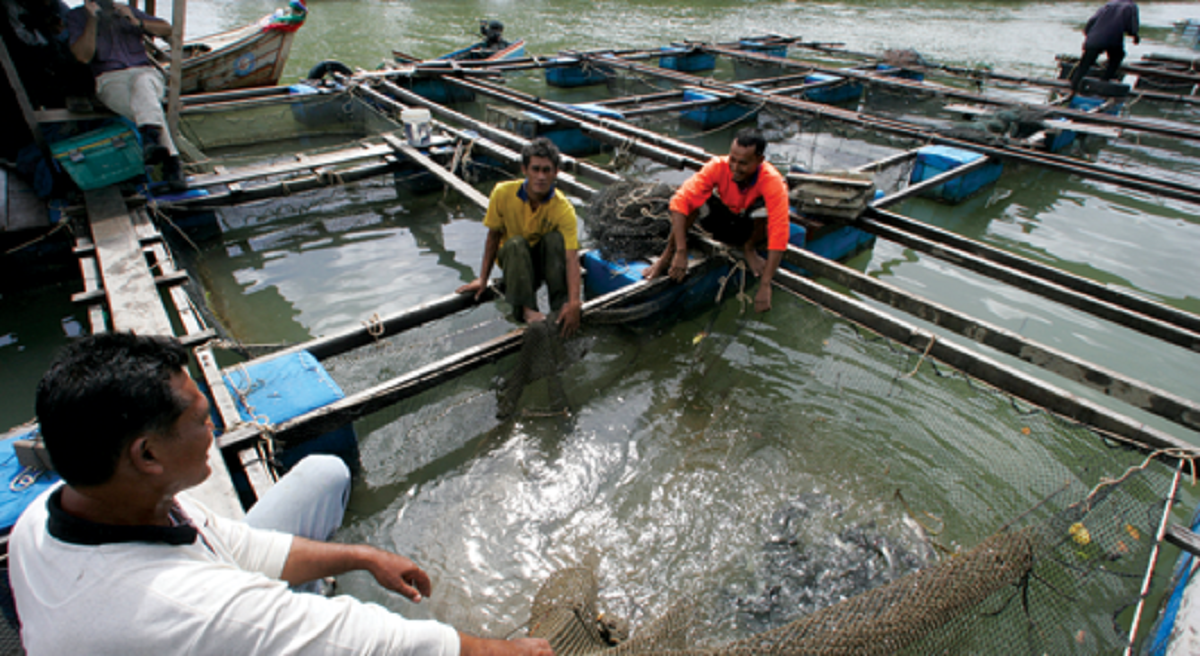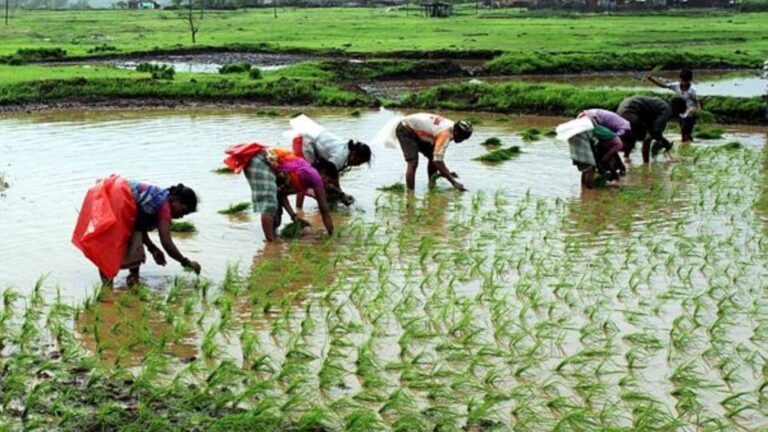
Global fisheries and aquaculture production have reached unprecedented levels, according to a new report from the Food and Agriculture Organization of the United Nations (FAO). The 2024 edition of The State of World Fisheries and Aquaculture (SOFIA) reveals that in 2022, production surged to 223.2 million tonnes, marking a 4.4 percent increase from 2020. Notably, aquaculture production of aquatic animals has surpassed capture fisheries for the first time, highlighting a significant shift in the sector.
Aquaculture Surpasses Capture Fisheries
For the first time in history, aquaculture has overtaken capture fisheries as the leading source of aquatic animals. In 2022, global aquaculture production reached an unprecedented 130.9 million tonnes, with 94.4 million tonnes being aquatic animals, accounting for 51 percent of the total aquatic animal production. This growth underscores aquaculture’s capacity to meet the rising global demand for aquatic foods, emphasizing the need for sustainable practices and targeted support for regions and communities most in need.
Rising Global Consumption of Aquatic Foods
The report highlights the increasing role of aquatic foods in combating food insecurity and malnutrition. In 2021, global apparent consumption of aquatic animal foods reached 162.5 million tonnes, nearly doubling the rate of world population growth since 1961. Per capita annual consumption rose from 9.1 kg in 1961 to 20.7 kg in 2022, with 89 percent of aquatic animal production used for direct human consumption. This trend reflects the sector’s critical contribution to global food security and nutrition, providing high-quality proteins and essential nutrients.
Sustainability in Capture Fisheries
While aquaculture has seen substantial growth, capture fisheries remain vital. In 2022, global capture fisheries produced 92.3 million tonnes. However, the proportion of marine stocks fished within biologically sustainable levels decreased to 62.3 percent in 2021, underscoring the need for effective fisheries management to reverse this trend. Successful policies and management practices are essential to facilitate stock recovery and ensure the long-term sustainability of capture fisheries.
Future Projections and Blue Transformation
SOFIA projects a 10 percent increase in aquatic animal production by 2032, reaching 205 million tonnes. This growth will be driven by both aquaculture expansion and capture fisheries recovery. The report also anticipates a 12 percent rise in apparent consumption, averaging 21.3 kg per capita by 2032. However, per capita consumption in Africa is expected to decline, raising concerns for regions heavily reliant on aquatic foods for nutrition. The FAO advocates for the Blue Transformation initiative to address these challenges, promoting sustainable aquaculture and effective fisheries management to meet global food needs.
Employment Trends in Fisheries and Aquaculture
Fisheries and aquaculture continue to be crucial sources of employment, despite a slight decline in workforce numbers. In 2022, the sector employed an estimated 61.8 million people, with women making up 24 percent of the overall workforce and 62 percent in the processing subsector. Addressing gender inequalities and recognizing women’s contributions are essential steps towards a more inclusive and equitable industry.
SOFIA 2024: A Comprehensive Overview
The 2024 SOFIA report provides a detailed analysis of global fishery stocks and trends in fisheries and aquaculture. It emphasizes the importance of sustainable practices and highlights the achievements and challenges in the sector. The report serves as a crucial resource for policymakers, stakeholders, and the global community, showcasing the transformative potential of sustainable aquatic food systems in addressing food insecurity, poverty, and environmental sustainability.
Key Statistics from SOFIA 2024
- Total Production: 223.2 million tonnes (2022)
- Aquatic Animals: 185.4 million tonnes
- Algae: 37.8 million tonnes
- Global Aquaculture Production: 130.9 million tonnes
- Global Capture Fisheries: 92.3 million tonnes
- Main Producers: China, India, Indonesia, Viet Nam, Peru
- Consumption: 162.5 million tonnes (2021)
- Per Capita Consumption: 20.6 kg (2021)
- Employment: 61.8 million people
- Top Exporters: China, Norway, Viet Nam, Ecuador, Chile
- Top Importers: USA, China, Japan, Spain, France
- Trade Value: USD 195 billion
This comprehensive report highlights the crucial role of fisheries and aquaculture in global food security and economic stability, emphasizing the need for continued efforts towards sustainable and inclusive growth in the sector.






